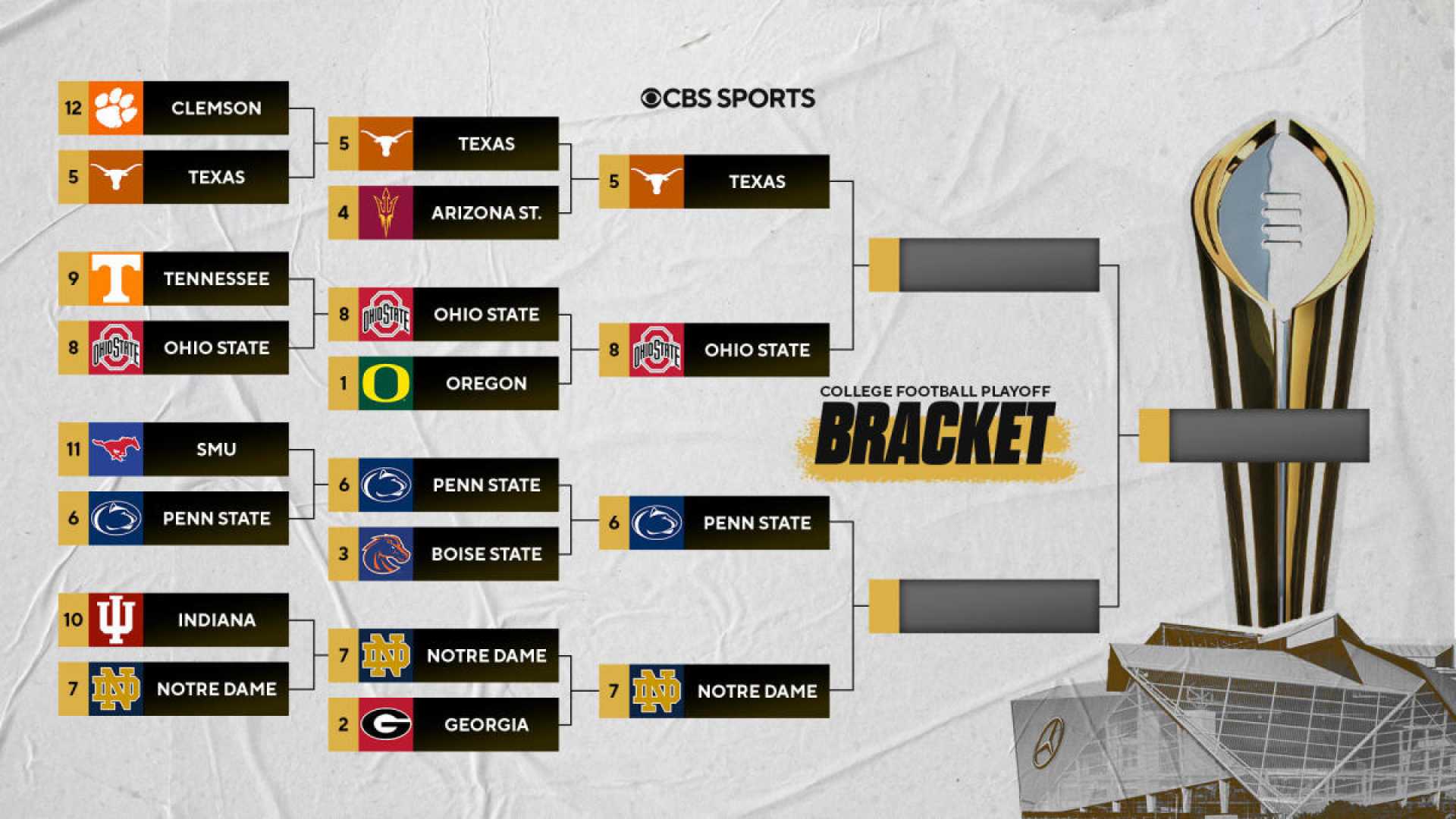Sports
College Football Playoff Adopts New Seeding Model for 2025

IRVING, Texas — The College Football Playoff (CFP) executives have unanimously approved a straight-seeding model for the 2025 playoff, marking a significant change from the previous year’s format. Announced on May 22, 2025, this decision is expected to help alleviate concerns over the prior seeding discrepancies that arose last season.
Under the new system, the top four teams in the final CFP rankings will receive a first-round bye. Previously, the four highest-ranked conference champions were awarded those byes, regardless of their overall rankings.
The change aims to create a more balanced bracket. Last season, the Mountain West champion Boise State, despite being ranked ninth overall, secured the No. 3 seed, while higher-ranked teams were kept from the top positions due to the conference champion rule. None of the four teams that received byes — Oregon, Georgia, Boise State, and Arizona State — won their initial playoff games.
Discussion about this new model began after last season’s playoff outcome, which left conference giants like Ohio State and Penn State out of the top seeds, despite their higher rankings. “It simply makes sense to go by the committee’s rankings and create a fairer matchup,” said CFP Executive Director Bill Hancock.
This agreement also includes a financial aspect, where teams will receive $4 million for entering the quarterfinals, in addition to the $4 million just for participating in the playoff. According to reports, the CFP plans to continue distributing $8 million to the top four highest-ranked conference champions, maintaining support for conference divisions.
As the countdown to the new season begins, the debate over potential expansion of the playoff continues, with some conferences advocating for a 14 or 16 team format. Supporters argue that this would allow for more inclusivity among teams across various conferences. The SEC and Big Ten are leading the charge for this expansion, pushing for multiple automatic qualifiers.
Many expect that the approved straight-seeding model will pave the way for these future discussions, potentially changing the landscape of college football postseason play permanently.












